Surfaces
Pastel Papers
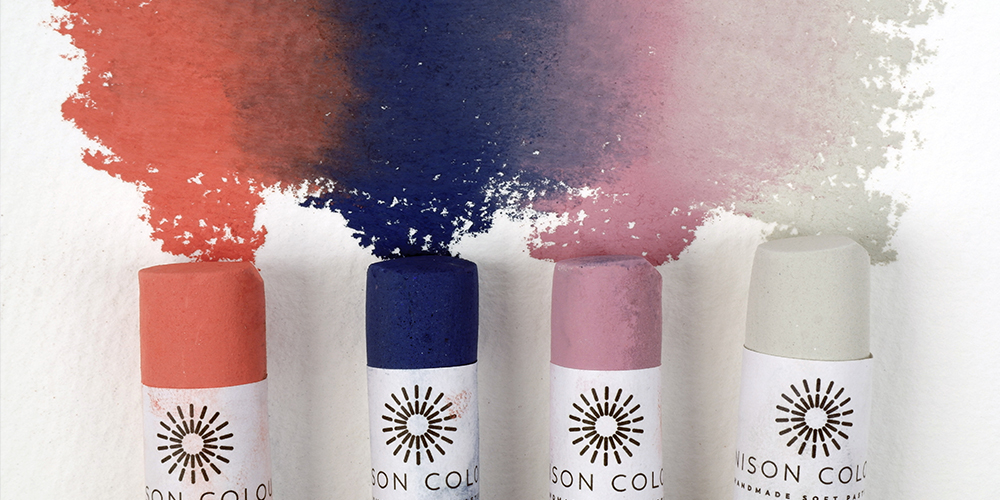
These are the coloured papers made especially for pastel. They feature a textured surface, some are random textures whilst others are "laid", showing repeat lines. The latter are known as Ingres papers.
A wide range of colours are available from primary and ochres to black, white and cream. Ingres papers are available in a limited range of earths, black and white. The use of exposed coloured backgrounds is striking with pastel and offers endless possibilities.
Water Colour Papers
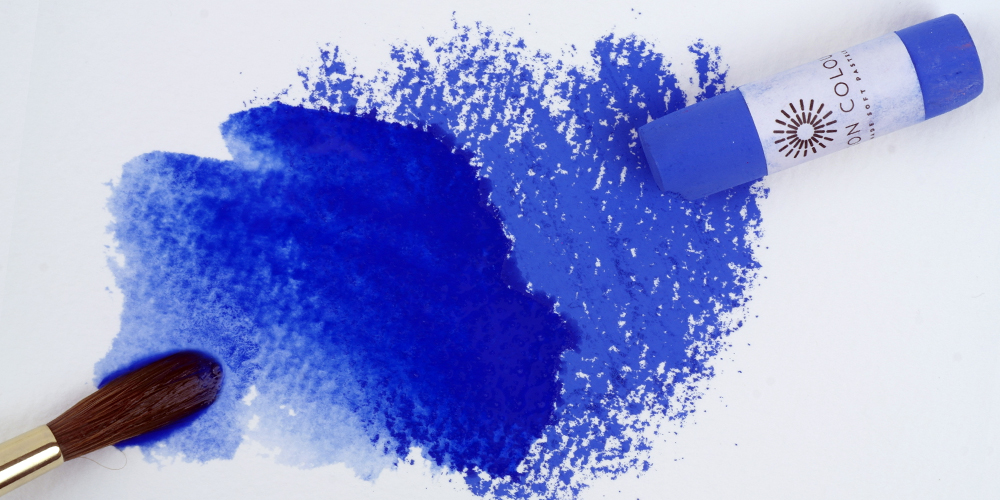
Rough and Not (Cold Pressed) water colour papers make excellent textured surfaces for pastel. 300lb sheets are popular when spending a long time on a picture and perhaps carrying it around with you. The sturdiness of the paper helps prevent damage. Tinted water colour papers are also available. The colours are pale but have good lightfastness.
Cartridge or Drawing Papers
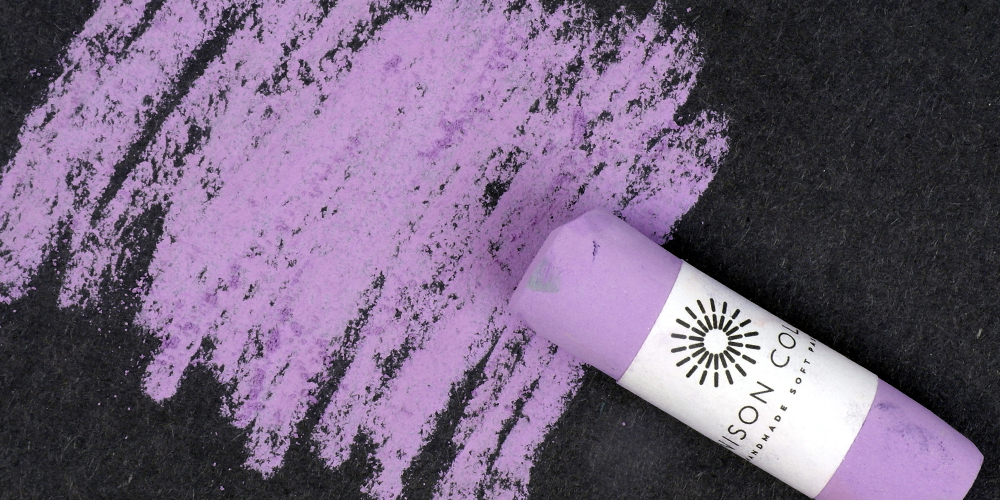
Medium surface cartridge paper offers a good quality surface for pastels at an economical price. The heavier the weight of paper, the more robust the work, 220g is ideal. Cartridge paper is useful when using a lot of paper in classes or making preparatory studies due to its low cost.
Pastel Boards
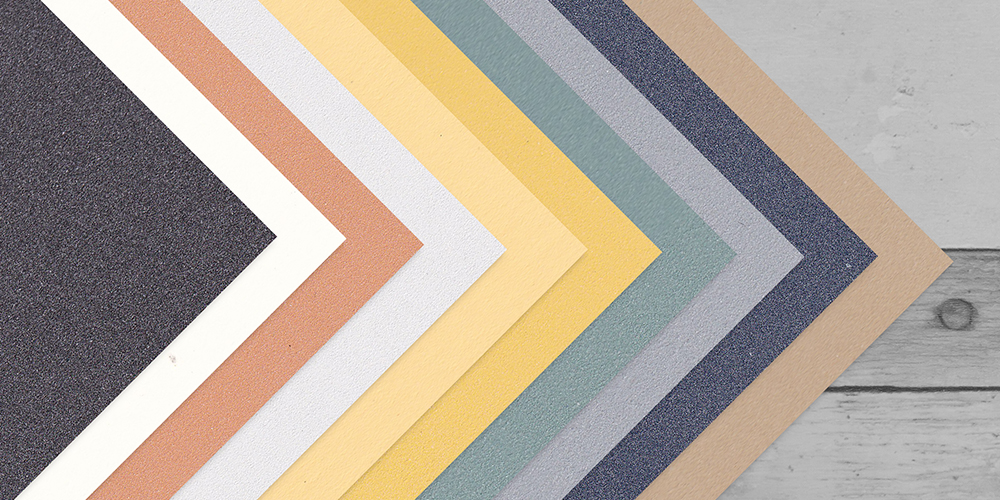
Pastel boards come in a selection of colours and have a toothed coating. This extra texture on the board reduces the need for fixing and allows for heavier applications of colour.
Priming Water Colour Paper
Priming water colour paper with Clear Gesso Base or our Acrylic Gesso Primer gives an excellent surface for pastels, as they both provide tooth. An infinite choice of colours and sizes of surface are also possible by preparing your own.
Strong opaque grounds:
Using a heavyweight (300 or 260lb) water colour sheet, mix Clear Gesso Base and acrylic colour of your choice to produce a strongly coloured surface with tooth. Earth colours are popular. Finity Artists' Acrylics are recommended as these are the strongest, most lightfast colours if leaving the background exposed.
Tinted opaque grounds:
As this primer is white, Acrylic Gesso Primer mixed with colour will produce a tinted opaque ground.
Translucent ground: Prime the paper with Acrylic Gesso Primer and leave to dry. Using an acrylic colour of your choice, dilute it and wash a thin veil of colour over the primer.
Added texture only:
For added tooth/texture only, use Clear Gesso Base on its own. Acrylic Gesso Primer will also add texture and give an opaque white base.
If priming lightweight papers, the sheet should be stretched first. For extra rigidity, paper can be glued to thick mountboard by using wallpaper paste and literally wallpapering the paper to the board. Make up the strength of the paste according to the weight of the paper.
Using coloured backgrounds
The colour of the background has a considerable visual affect on the picture. As the whole surface is worked across, the broken appearance of the pastel layer will combine with the paper colour. This provides interest and pulls the picture together. Pictures will have a warm or cool look according to the chosen background.
Coloured backgrounds can also be achieved using pastel boards, tinted water colour papers, papers primed with Clear Gesso Base and acrylic or water colour washes.
Using Textured Backgrounds
The different textures of papers and primers will give the pastel different visual textures as the background shows through.
The heavier the surface texture the more pastel can be applied before you need fixative to hold it on. Texture can also be added by using acrylic texture gels.
Things To Remember About Paper
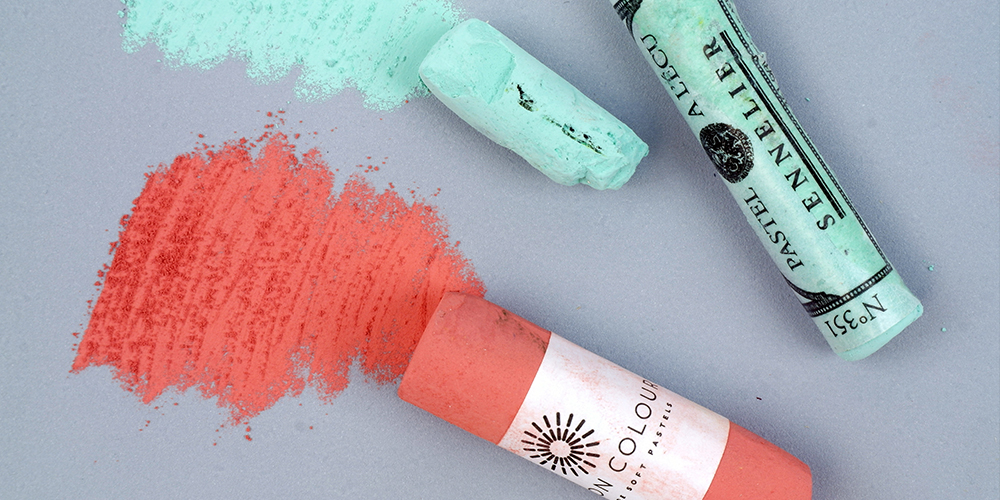
Texture
In water colour paper, texture is called rough or not (cold pressed). Rough is the coarsest surface. In cartridge paper, texture is called medium surface. Coloured pastel papers have embossed textures whilst pastel boards are coated with texture. Using a textured surface increases the variety of techniques at your disposal.
Acid free
It is advisable that a paper used for pastel is acid free. In the long term, this ensures the paper will not yellow or embrittle with age. This is achieved by using fibres which are free from acidic elements and a neutral sizing system. Some pastel boards may not be acid free.
Colour of the paper
Pastel is an opaque medium. If your picture completely covers the paper, the colour of the sheet will have no affect on the painting itself. More usual however is leaving the paper exposed to some degree. Most sketches will loosely cover the paper surface, letting the background pull the image together. Coloured papers are not quite as lightfast as artists' colours. For very bright, strong backgrounds try priming your own paper with Finity Artists' Acrylic and Clear Gesso Base.
Weights of paper
The heavier the sheet the more robust the work will be, particularly for larger work. Coloured papers are around 170g, whilst water colour paper and cartridge papers come in a variety of weights. Generally, the thinner the paper the less expensive it is.
Using the right side of the paper
The right side of the paper is the side from which you can read the name or watermark. However, either side of the paper can be used for pastels. The reverse side of textured sheets will be flatter than the front.
Choosing The Right Paper
The right paper for you will usually be based upon your personal preference for a particular surface and a particular colour and will of course vary with the pictures you do.










